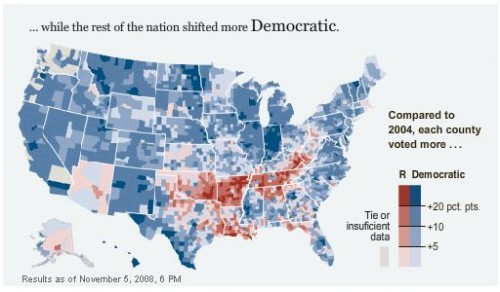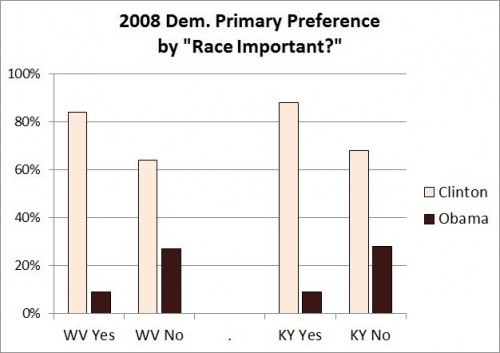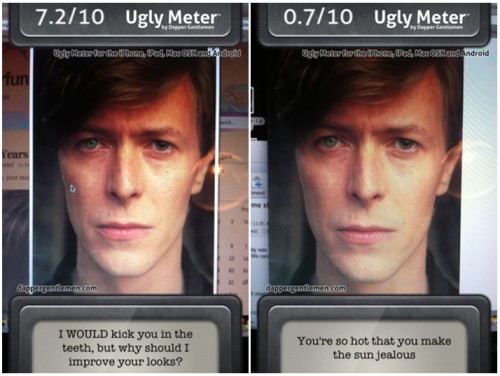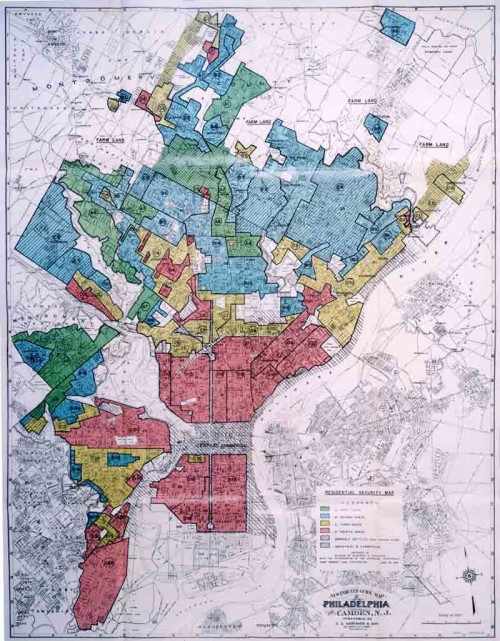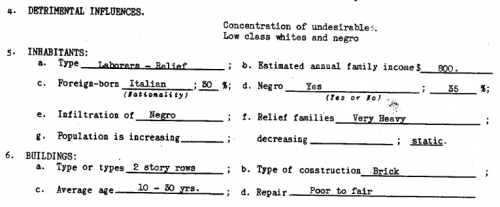 Raised by a racist father, Johnny Lee Clary joined the Klan in 1963 at the age of 14. By 30, he had risen through the ranks and was named the Imperial Wizard, the leader of the entire organization. He was an outspoken advocate of white supremacy and violence against non-whites, even appearing on the Oprah Winfrey show.
Raised by a racist father, Johnny Lee Clary joined the Klan in 1963 at the age of 14. By 30, he had risen through the ranks and was named the Imperial Wizard, the leader of the entire organization. He was an outspoken advocate of white supremacy and violence against non-whites, even appearing on the Oprah Winfrey show.
In this four-minute video, he discusses his association with Reverend Wade Watts, a Black civil rights activist and member of the NAACP. Watts expressed kindness and love towards Clary, even in the face of escalating violence (Clary ultimately set fire to his church). Deeply affected by Watts, Clary would eventually recant his association with the KKK and join Watts in the fight against racism.
Lisa Wade, PhD is an Associate Professor at Tulane University. She is the author of American Hookup, a book about college sexual culture; a textbook about gender; and a forthcoming introductory text: Terrible Magnificent Sociology. You can follow her on Twitter and Instagram.

